Visiting local farmers and tasting fresh handmade cheese – A pre-lockdown experience.
In the first days of our traineeship, we went to see some local farmers engaged in the Re Fiascone activity to interview them about the tomato’s history. It was our first contact with the Re Fiascone farmers after having made some first research about the tomato project. We drove through the mountainous area and arrived at the wide fields where the farmers were working under the morning sun.
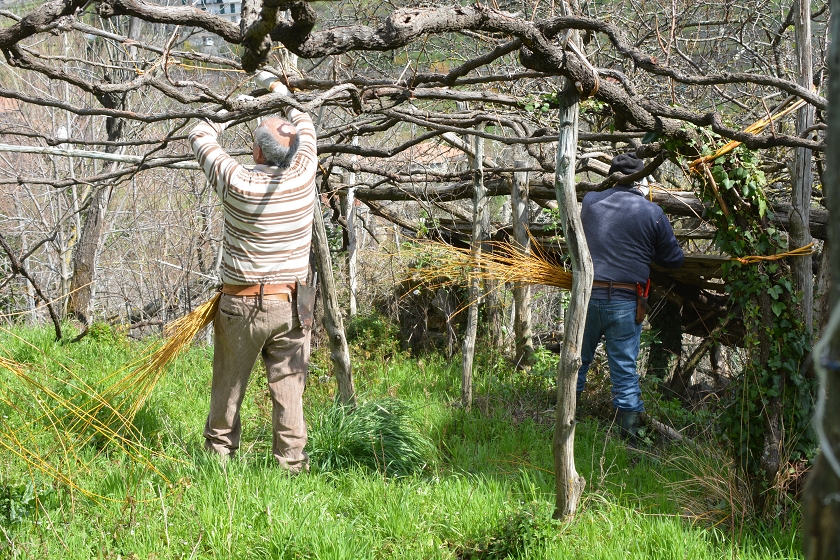
During the interview made with one of the farmers, we learned that the furry-looking seeds and the traditional know-how about the ancient tomato variety had been transmitted from generation to generation. The farmer was sharing his personal experience and how he had been introduced to the cultivation of the terraces and the history of the tomato by his mother. It was very interesting to see how enthusiastic he was telling his story, while being truly humble about it.
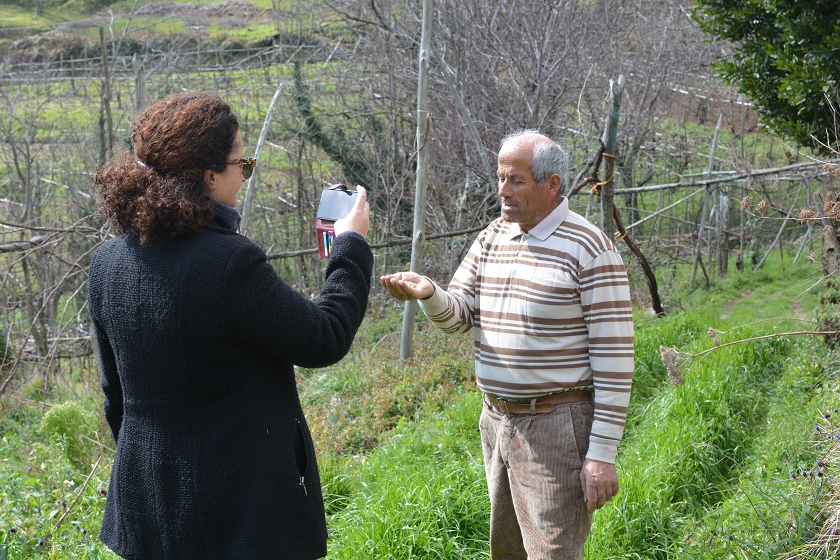
That day, we did not only learn new things about the tomato’s history, but also about the farmers’ daily work in the endless fields of the Amalfi Coast’s rural area. When we arrived, the farmers were working in the vineyards, tying up branches with the help of osiers – a natural alternative to wire. They were standing under the almost two meters high pergolas that define the vines of the Amalfi Coast. That height meaning constantly upholding their arms, this is a hard manual labour for the farmers. This experience was very interesting, giving us an insight into the work behind the products we may easily take for granted.
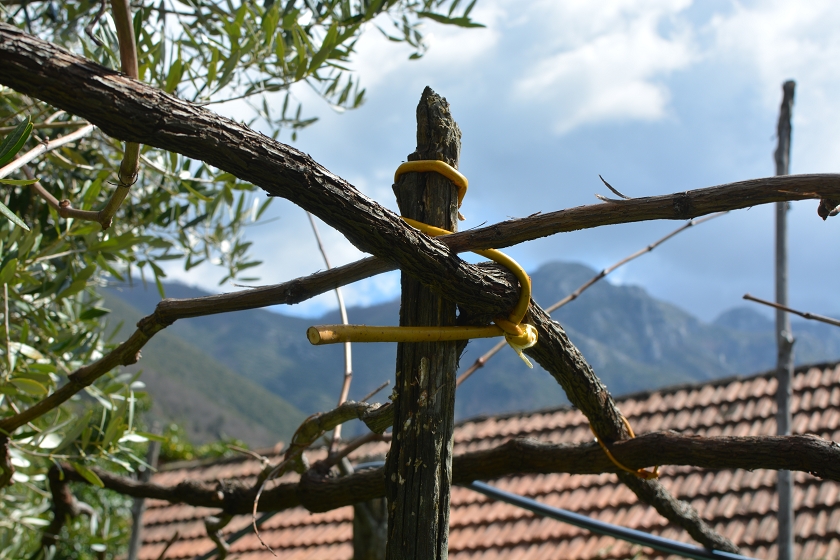
We took some photos of the farmers’ work as well as of the beautiful landscape, the promising Re Fiascone tomato seeds. Like this, we also got to learn more about the art of photography and the functions of a professional camera.
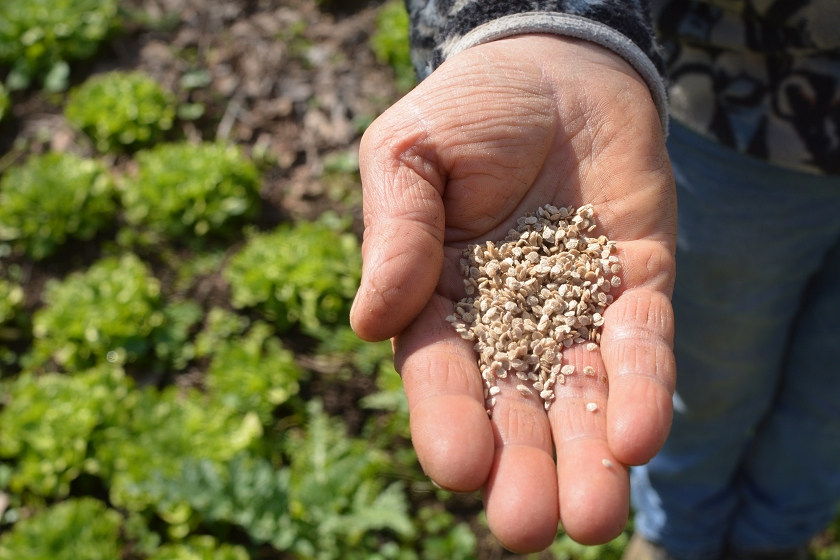
After the interview was finished, we went to a Caseificio, a cheese dairy, that was situated right next to the fields, in order to buy some fresh mozzarella and ricotta cheese. We could take a look inside the small cheese factory where different cheese varieties were made by hand. When he saw us arriving, one young man interrupted his work to greet us. He made us taste some fresh and delicious egg-sized mozzarella pieces. The taste was very different from the ones you can find in the supermarket, which I rarely eat pure. It had an intense dairy aroma with a hint of salt and was almost melting in the mouth.
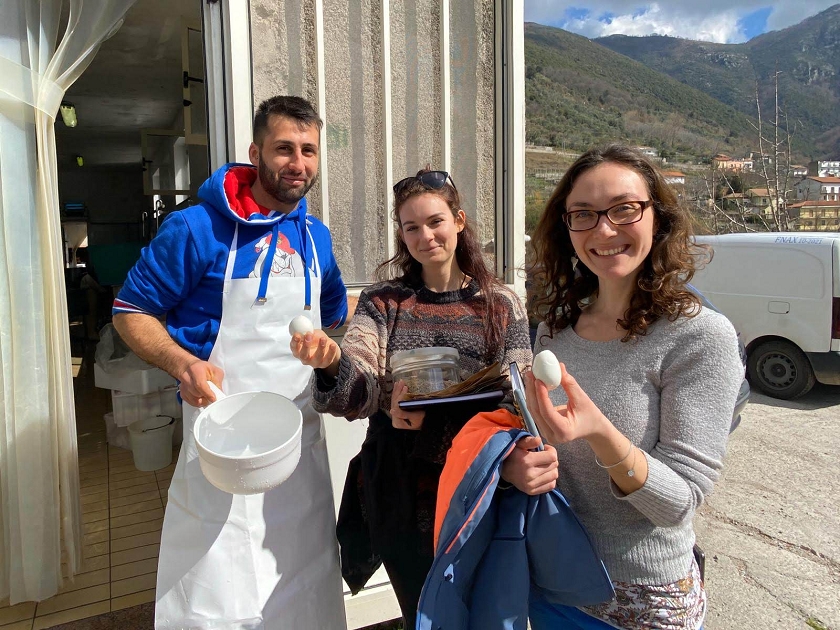
This culinary experience being one of the first ones we have made in Tramonti, it was by far not the only one. Consuming local products made me realize how much the taste from conventional products I was used to differs from fresh, unsprayed fruits and vegetables as well as from products like cheese, tomato sauce, jam and bread made without preservatives. As we spent the lockdown in this rural area, we also made a lot of food by ourselves. Apart from growing vegetables and fruits in the garden, we were regularly baking bread and pizza using fresh local products. The Italian diet is a very healthy one and made us change our own food choices over the months.
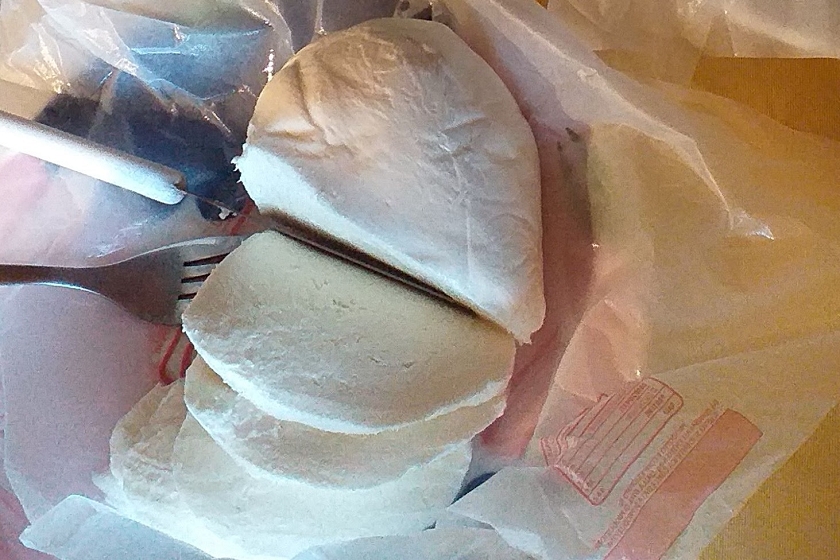
Séraphine-Noëlle Reeg * studying Tourism and Sustainability at the University of Montpellier, France
„In CoSTORYera“: Living on the terraces of the Amalfi Coast. Storytelling is a powerful tool to share an experience and a message with an audience. In this new series, we want to use this tool in order to show what this cultural patrimony, this UNESCO World Heritage Site, “feels like”. People will share their story, they will share a story that they lived here.
